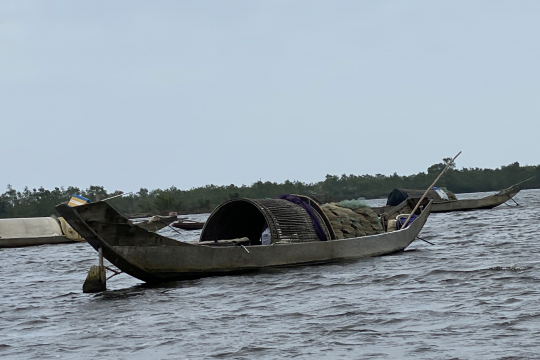The study reveals that illegal fishing in Vietnam's Tam Giang Lagoon, particularly using small mesh-size nets, remains prevalent despite TURF regulations. Compliance is influenced by fishers' awareness of environmental impacts and perceived legitimacy of rules, while norms and instrumental incentives have limited effects. Younger, more experienced fishers are less compliant, while higher education improves adherence. Socio-economic challenges and weak enforcement hinder regulation effectiveness.
Abstract
Understanding fishers’ non-compliance behavior is essential for effective management and conservation of small-scale fisheries. Our study took place in Tam Giang Lagoon, central Vietnam, where Territorial Use Rights for Fisheries (TURFs) have been established since 2009. To estimate the proportion of artisanal fishers engaging in illegal fishing, we used a randomized response technique alongside direct questioning to investigate this type of sensitive behavior. We also employed a binary logistic regression model to analyze the factors influencing non-compliance. A combination of RRT and other methods such as direct questioning and regression model gives a more comprehensive understanding of the drivers behind illegal fishing behavior, allowing for tailored interventions that address specific issues within fisheries. Our findings show that awareness of the negative impacts of illegal fishing and the perceived legitimacy of regulations significantly affect compliance, while instrumental incentives and norms do not have statistically significant impacts. Additionally, certain fishers’ characteristics are determinants of non-compliance, such as younger fishers and more experienced fishers are more likely to violate regulations, while those with higher education show better compliance. We also discuss policies to enhance compliance within TURFs. This study enriches the literature on fishing regulation compliance and provides valuable insights for policy design and implementation aimed at improving adherence to regulations.



